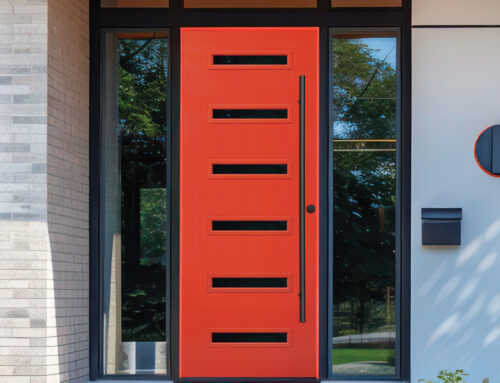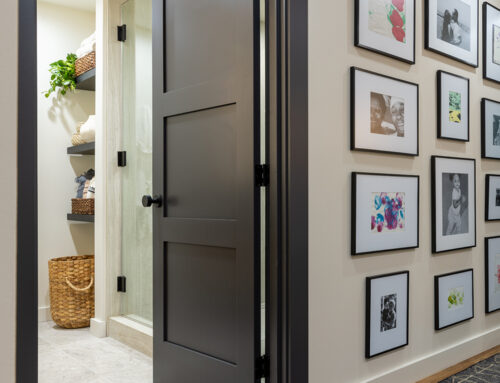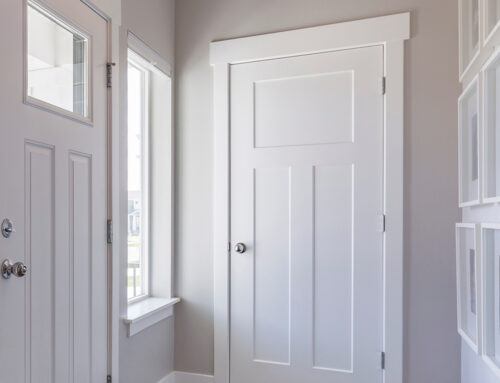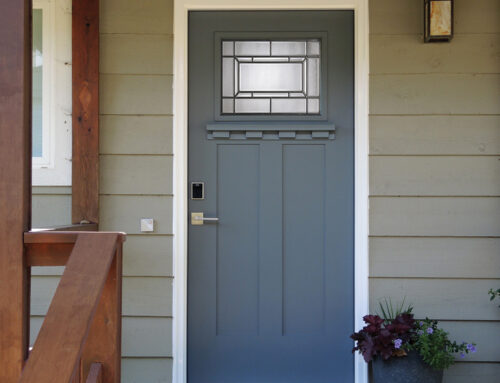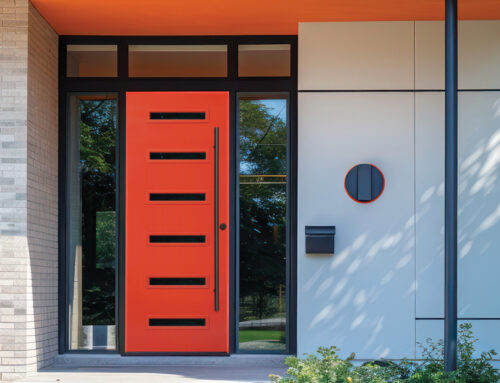We often get asked this simple question, there is something wrong with my doorlite and is it possible that you can fix it. Builders, contractors, and homeowners spend a lot of money on doorlites and expect perfection – except there is one problem, glass is not perfect. However, we try to follow the standards set forth in the ASTM (American Society for Testing & Materials) on how to determine what is and what is not a defect in glass. The ASTM standards cover a wide variety of glass issues in addition to other methods and this is what we use to determine what is and is not an acceptable glass defect.
With decorative glass, we use textured glass and metal caming to create works of art. Those textured glass pieces are clear glass manipulated to make it look different. Its very nature is a defective piece of clear glass. It will have spots, swirls, and chips which make it unique.
Most of the information is below is related to clear glass, rather than decorative glass.
Short Answer
The best way to determine whether there you have defective glass is to do this – stand back 10 feet from the glass, look straight on at the glass (90 degrees), make sure to view in daylight (not sunlight), and inspect the middle 80% of the glass.
If you cannot see a defect from there, then it is not considered a defect.
Technical Information
ASTM International is the basis for understanding glass, allowable defects, and visual inspection criteria. ASTM has many different specifications and classifications depending on the type of glass being analyzed or quality controlled. We use ASTM standards for inspecting and understanding a universal standard for measurement. Below are several examples of their requirements:
1. ASTM C 1036-16 (Standard specification for flat glass)
2. 2. ASTM C 1048-92 (Standard specification for heat-treated glass – kind HS, kind FT coated and uncoated glass)
3. ASTM C 1376-97 (standard specification for Pyrolytic and vacuum deposition coatings on glass)

Understanding ASTM inspection criteria is very important. It provides clear details like inspection distance, lighting requirements, inspections times etc.
Allowable Defects
Single (individual) doorlites up to 6 square feet. 6 Square feet is slightly larger than a 22” x 36” doorlite.
- Scratches – Viewable as stated above must be 1” or less. No more than 1 is allowed per lite.
- Debris, Dirt, Spots – Viewable as stated above, must be 1/16” or less. No more than 1 is allowed per lite.
- Seeds, Bubbles, Knots, Stones – Viewable as stated above, must be 1/16” or less. No more than 1 is allowed per lite.
- No more than 1 total viewable defect as described above is allowed per lite.
- Shells – No more than ¼” from edge less than ½ the thickness of the lite. No more than 1 per side.
- Chips – No more than 1/8” from the edge. No more than 1 per side. (see illustration for chips.)
- Coating – Must be uniform on the lite inspected when viewed in transmission using the inspection criteria previously stated above.
- The border area is comprised of 2 inches plus ½” from each edge of the lite. All other area is the central area (see illustration.)
Single (individual) lites 6 to 35 square feet. Trimlite often does not sell glass larger than 12.22 sq ft (size of a 22” x 80” doorlite, but can.
- Scratches – Viewable as stated above must be 1” or less. No more than 2 are allowed per lite and must be separated by a minimum of 24 inches.
- Debris, Dirt, Spots – Viewable as stated above, must be 1/16” or less. No more than 2 are allowed per lite and must be separated by a minimum of 24 inches.
- Seeds, Bubbles, Knots, Stones – Viewable as stated above, must be 1/16” or less. No more than 2 are allowed per lite and must be separated by a minimum of 24 inches.
- No more than 2 total viewable defects as described above are allowed per lite.
- Shells – No more than ¼” from edge less than ½ the thickness of the lite. No more than 1 per side.
- Chips – No more than 1/8” from the edge. No more than 1 per side. (see illustration for chips.)
- Coating – Must be uniform on the lite inspected when viewed in transmission using the inspection criteria previously stated above.
- The border area is comprised of 4 inches plus ½” from each edge of the lite. All other area is the central area (see illustration.)
Why Trust Trimlite When Choosing a Doorlite?
Trimlite has been producing doors since 1982 and we have maintained our commitment to creating high-quality, durable, and stylish doors for our customers. Doors and doorlites are sometimes overlooked due to their simple function, but the difference good doors can make to your home is paramount. Our team understands that you need solutions to fit your individual needs and style choices, and our goal is to provide you with the right doors every time. Contact us to order doorlites or doors for your home or business today and experience the difference with a Trimlite door.


